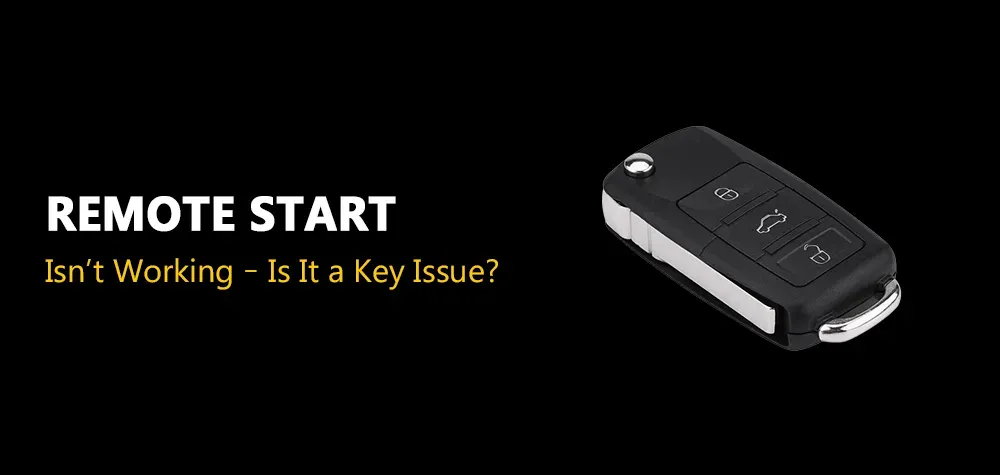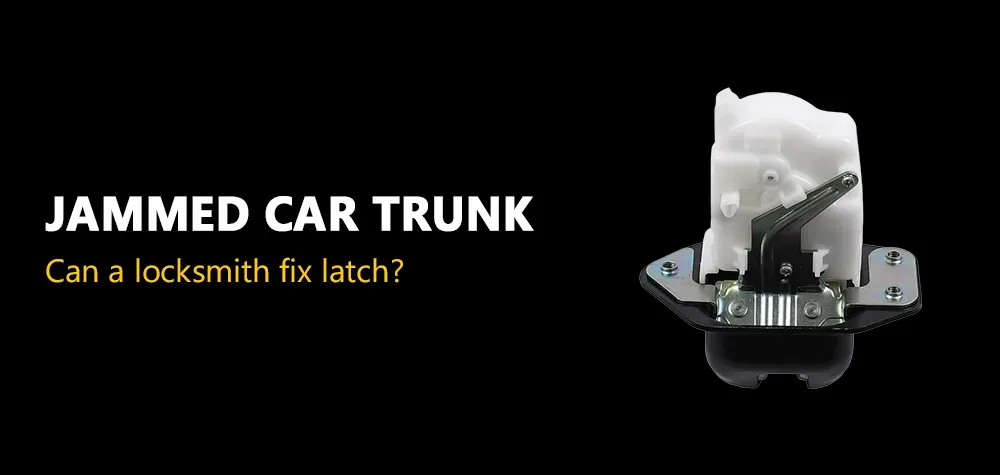How to Open a Locked Mailbox Without a Key
Losing keys can be a frustrating experience, especially when they are for something as essential as your mailbox. Fortunately, most mailboxes are not equipped with high-security locks, making them relatively easy to open without a key. However, before attempting to break into your mailbox, it's crucial to understand the legal implications and explore alternative solutions.
If your mailbox is owned and maintained by the United States Postal Service (USPS), attempting to break into it is considered a federal offense. Instead, contact your local post office to inquire about replacing the lock and obtaining a new key for a fee. Attempting to force open a USPS-owned mailbox, even if it's on your property, can lead to legal consequences.
However, if you own the mailbox, you have the option to break into it and replace the lock at your own expense. There are several methods you can use to regain access to your mail, ranging from prying open the mailbox door to picking the lock or seeking assistance from a locksmith. In this article, we'll explore some of the top tips for opening a mailbox without a key and discuss the pros and cons of each method.
How To Open A Mailbox Without Your Key
Prying
When you're locked out of your mailbox and need quick access to your mail, prying open the mailbox door can be a viable option. This method involves leveraging tools to force the mailbox door open, bypassing the need for a key. While it's a straightforward technique, it's essential to proceed with caution to avoid damaging the mailbox or surrounding area.
Method:
To pry open a mailbox door, you'll need a flathead screwdriver and a claw hammer. Start by inserting the screwdriver into the small gap between the door and the mailbox, preferably near the keyhole. Gently pry the door open as far as possible without applying excessive force.
Next, insert the claw of the hammer into the opening and remove the screwdriver. Position the hammer's claw at the same height as the lock and apply quick, controlled force to leverage the door open further. If necessary, you can use a short crowbar for additional leverage.
It's crucial to exercise caution during this process to prevent damage to the mailbox and surrounding area. Avoid scuffing the metal by placing a cloth between the door and your tools. Additionally, be mindful of any neighboring mailboxes to prevent inadvertent damage.
Drilling:
If prying open the mailbox door is unsuccessful or impractical, drilling through the lock can provide an alternative means of access. While drilling may require more effort and precision, it can effectively bypass the lock mechanism, allowing you to open the mailbox without a key.
Method:
To drill through the lock, you'll need an electric drill equipped with a new drill bit slightly larger than the keyway. Before drilling, remove the keyway dust cover to ensure a better fit for the drill bit. Use a punch to create a dimple in the lock, providing a starting point for drilling.
Carefully position the drill bit at the dimple and begin drilling straight through the lock. As you drill, you should feel the resistance of the lock pins until you penetrate through to the other side of the lock. Once the lock pins are drilled through, the door should be free to open without the need for a key.
It's important to exercise patience and precision during drilling to avoid damaging the lock or surrounding area. Additionally, consider wearing protective eyewear and gloves to prevent injury from metal shavings or debris.
How To Break Into A Mailbox Without Breaking It
When faced with a locked mailbox and no key, enlisting the expertise of a locksmith can provide a professional and efficient solution. Locksmiths possess the skills and tools necessary to open various types of locks, including those found on mailboxes, without causing damage to the mailbox itself.
Locksmith Services:
Many mailbox locks are not easily rekeyable, making professional intervention necessary for gaining access. In such cases, a locksmith may employ specialized techniques to open the mailbox lock safely and without causing unnecessary damage.
Lock Replacement:
In situations where the mailbox lock cannot be salvaged or rekeyed, a locksmith can replace the existing lock with a new one. This ensures that you regain access to your mailbox while also enhancing security.
Key Duplication:
In some instances, a locksmith may be able to create a new key for your mailbox lock, allowing you to access your mail without the need for lock replacement. This option is particularly useful if you've lost your key but still have the lock intact.
Professional Expertise:
One of the primary benefits of hiring a locksmith is their expertise in handling various types of locks and security systems. They have the knowledge and experience to assess the situation accurately and determine the most effective course of action for gaining access to your mailbox.
Avoiding Damage:
Unlike DIY methods that may involve drilling or prying, locksmiths prioritize non-destructive entry techniques to minimize damage to the mailbox. This ensures that your mailbox remains intact and fully functional after the lock is opened or replaced.
Picking The Lock:
Picking a lock is a skillful method used by locksmiths and individuals alike to bypass a locked mechanism without the need for a key. While it requires practice and patience, picking the lock of a mailbox can be an effective way to regain access without causing damage.
Using Bobby Pins:
Bobby pins are commonly repurposed as makeshift lock-picking tools due to their flexibility and availability. To create a basic lock-picking tool from a bobby pin, bend one end of the pin to form a small hook or L-shaped bend. This will serve as the picking end of the tool. The other end can act as a handle for better control.
Using Paper Clips:
Similar to bobby pins, paper clips can be transformed into rudimentary lock-picking tools with a bit of manipulation. Straighten out one paper clip and bend a small hook at the end to serve as the picking end. The second paper clip can be used as a tension wrench to apply rotational pressure on the lock mechanism.
Method:
- Prepare Your Tools: Gather your improvised lock-picking tools, including bobby pins or paper clips, and a tension wrench. Ensure that the picking end of your tool is small enough to fit inside the keyway of the lock.
- Insert the Tension Wrench: Insert the tension wrench into the lower part of the keyway, applying slight rotational pressure in the direction that the key would turn to unlock the mailbox.
- Use the Lock Pick: Insert the hook end of your improvised lock pick into the top part of the keyway above the tension wrench. Gently maneuver the pick inside the lock, feeling for the pins.
- Apply Pressure: With the tension wrench providing rotational pressure, use the lock pick to lift each pin individually to the shear line. This process may require patience and finesse as you work to align all the pins correctly.
- Turn the Lock: As you manipulate the pins and apply pressure with the tension wrench, you may feel the lock begin to turn slightly. Continue applying pressure and manipulating the pins until you successfully rotate the lock cylinder, allowing the mailbox to open.
Conclusion:
In summary, while losing access to your mailbox can be a frustrating experience, there are several methods available to open it without the need for a key. From prying to drilling and even lock picking with improvised tools like bobby pins or paper clips, each approach offers a potential solution depending on the circumstances.
However, it's crucial to exercise caution and legality when attempting to open a locked mailbox. Remember that federal laws protect mailboxes, and unauthorized access can lead to legal consequences. If you're unsure about the legality of opening your mailbox without a key, it's best to seek assistance from professionals.
This is where Brothers Locksmith comes into play. With their expertise and experience, Brothers Locksmith provides reliable locksmith services, including mailbox lockouts and replacements. Their team of skilled locksmiths can safely and efficiently open locked mailboxes without causing damage, ensuring that you regain access to your mail promptly and legally.
So, if you find yourself locked out of your mailbox without a key, don't hesitate to reach out to Brothers Locksmith for professional assistance. With their help, you can resolve the issue swiftly and securely, allowing you to access your mail with peace of mind.
Whether it's through traditional methods like prying or more sophisticated techniques like lock picking, Brothers Locksmith has the knowledge and tools to handle any mailbox lockout situation effectively. Trust in their expertise to get you back into your mailbox and back on track without delay.
Call Us Any Time!




